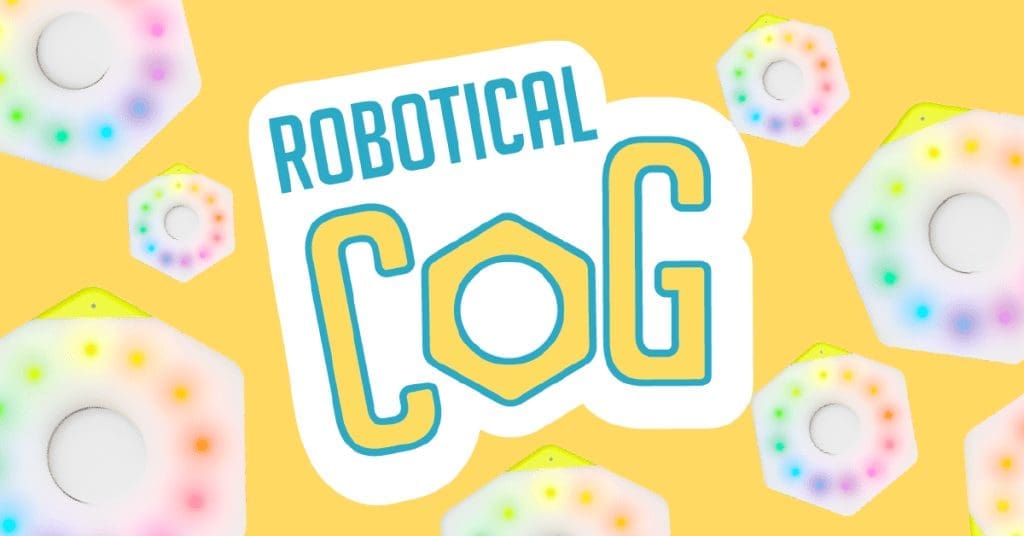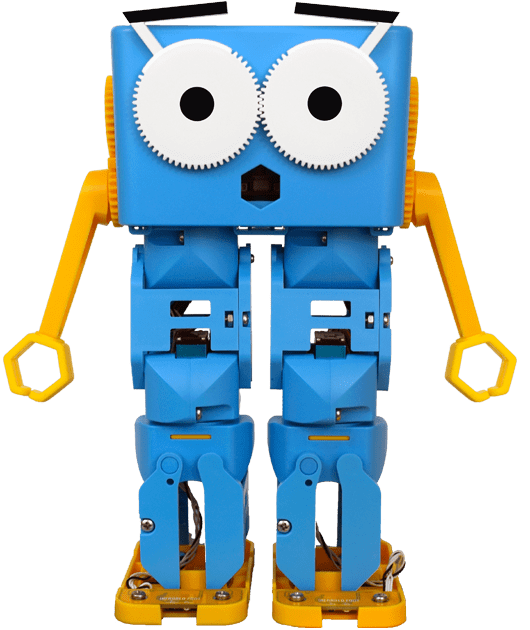Guest Post by The Coder School
As the education system continues to focus on STEM subjects, introducing robotics in early childhood education is revolutionizing kids’ learning experiences. It is an excellent way to familiarize kids with the digital world and impart valuable coding skills necessary for the future workplace. Learners can also apply the life skills they develop when learning to code in other aspects of their lives.
Benefits of Robotics in Early Childhood Education
Introducing robotics in the classroom has numerous benefits that make learning a more enjoyable and productive experience for kids. Here are the advantages of incorporating robotics in early childhood education.
- It Makes Coding Screen-Free
Robotics allows learners to learn and apply the concepts and principles of coding without necessarily spending too much time on computers, tablets, or smartphones.
- It Introduces Kids to Robotics Engineering Process
Robots in the classroom allow kids to interact with the engineering design process. This encourages them to identify problems and find solutions. Learners also have to plan, build and share their creations with their peers.
The design process reinforces problem-solving skills as it expects the learners to test, fix and correct their work. As such, kids focus on making improvements instead of whether they are right or wrong.
- Robotics Debunks Stereotypes about Engineering
Stereotypes exist about engineering being boring, difficult, or only meant for boys. Robotics helps change the negative perspectives about engineering and allows kids to understand that anyone can practice engineering, and it can be fun. Coding creates an environment for students to be creative and have fun while exploring their ideas regardless of gender.
- Robotics Encourages Persistence
Errors and bugs occur when coding, and everything may not work as expected. Learners have to try different approaches until they can find the right solution. Robotics, therefore, builds persistence and resilience in kids that learners can apply in other aspects of their lives.
- It Makes Coding Tangible
Kids learn best when they can move, touch and engage with concrete items and objects. Children see how code affects their physical surroundings when the robots perform specific functions according to how they instruct them.
- Coding Nurtures Computational Thinking
Coding requires logical and computational thinking that involves solving problems by breaking them down into simple steps. Through robotics, children develop computational and logical thinking skills, which help in reading and mathematics, leading to better educational outcomes.
Choosing the Right Robot for Your Classroom
With numerous robotics resources, choosing the right one for your learners can be challenging. To make it easier, consider looking at your options in terms of categories before narrowing them down to fit your students’ learning needs. Educational robots come in four main categories as follows:
- Physically coded robots: Physically coded robots do not require screens as you have to code them physically. They also look like toys and do not require kids to know or do a lot, making them perfect for introducing coding in preschool and kindergarten. You can use physically coded robots to teach coding concepts like sequencing through play-based learning. Examples of physically coded robots include Bee Boot and Marty’s unplugged.
- Introductory programmable robots: As the name suggests, introductory programmable robots introduce learners in early primary to fundamental coding concepts and software. Learners can program the robots through independent methods like remotes. The robots resemble toys on their exterior and have coding applications that look like games that provide a balance between learning and fun.
- Computer programmable robots: Computer programmable robots come fully assembled and are superior to introductory programmable robots. They have more sensors and a wide range of coding possibilities for comprehensive coding instruction. The robots are excellent for upper primary and middle school, although students don’t need prior experience to use them. Examples include Sphero bolt and Marty the Robot.
- Kit-based robots: Kit-based robots usually come unassembled, and learners have to build and program them using block-based or text-based programming applications. Therefore, they are suitable for learners who have an interest and experience in robotics like high-school students, individuals looking to enter into competitions, clubs, and students taking after-school programs and electives. Examples of kit-based robots include Vex robots and Lego Mindstorm EV3.
After settling on the appropriate category for your classroom, you can easily choose from the numerous products that fit what you are looking for. To ensure you get the best robotics resources for your learners, consider factors like controller features, sensors, energy consumption, training period, and the cost of offline programming software. You should also ensure your robot of choice allows learners to grasp STEM principles.
Conclusion
In the age where kids are interacting with technology more than ever, robotics prepares them for the tech-oriented future regardless of whether they want to be programmers. It is, therefore, crucial to introduce kids to robotics early to equip them with the skills they need to secure their futures.







Other posts you may like
Unlocking Student Engagement with Gamified Learning
The gamification of learning is revolutionizing classrooms, transforming traditional teaching methods into dynamic and interactive experiences. By incorporating game elements, educators are finding new ways to boost student engagement and...
Building Emotional Intelligence Through Robotics
This summer I had lots of chances to use my translation skills. Having over 40 languages and accents made traveling through places like the Netherlands, Italy, Iceland and Japan so much fun!
What I Did This Summer – by Marty the Robot
This summer I had lots of chances to use my translation skills. Having over 40 languages and accents made traveling through places like the Netherlands, Italy, Iceland and Japan so much fun!
TRY MARTY
FOR FREE
Are you looking for new STEM resources for your classroom? Robotical are loaning Marty the Robot to schools for no-obligation, 2 week trials.